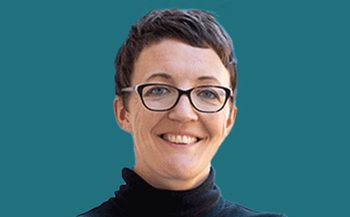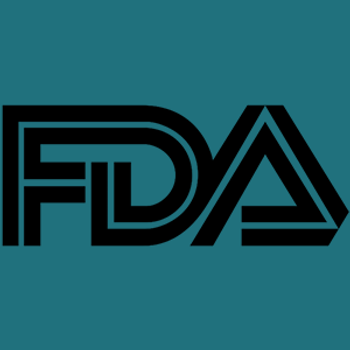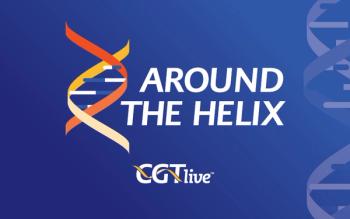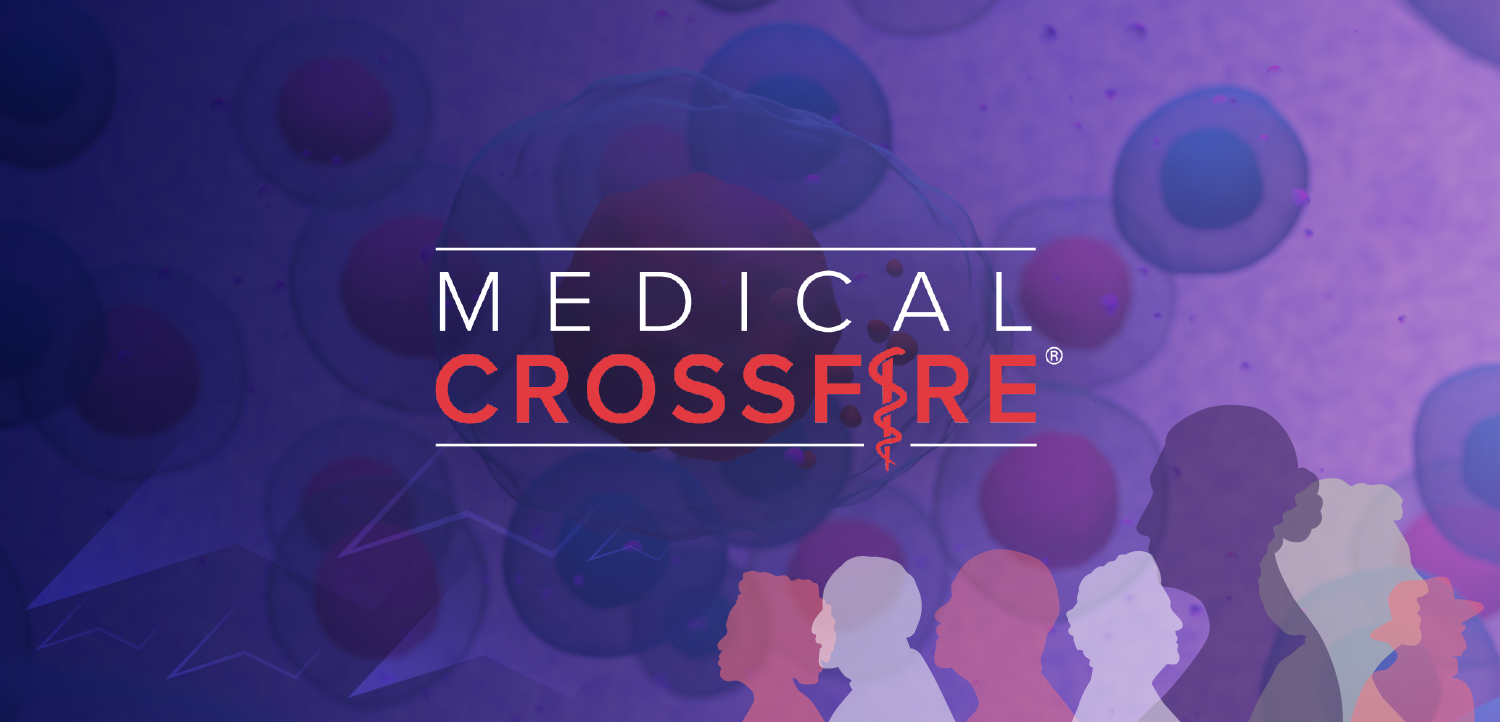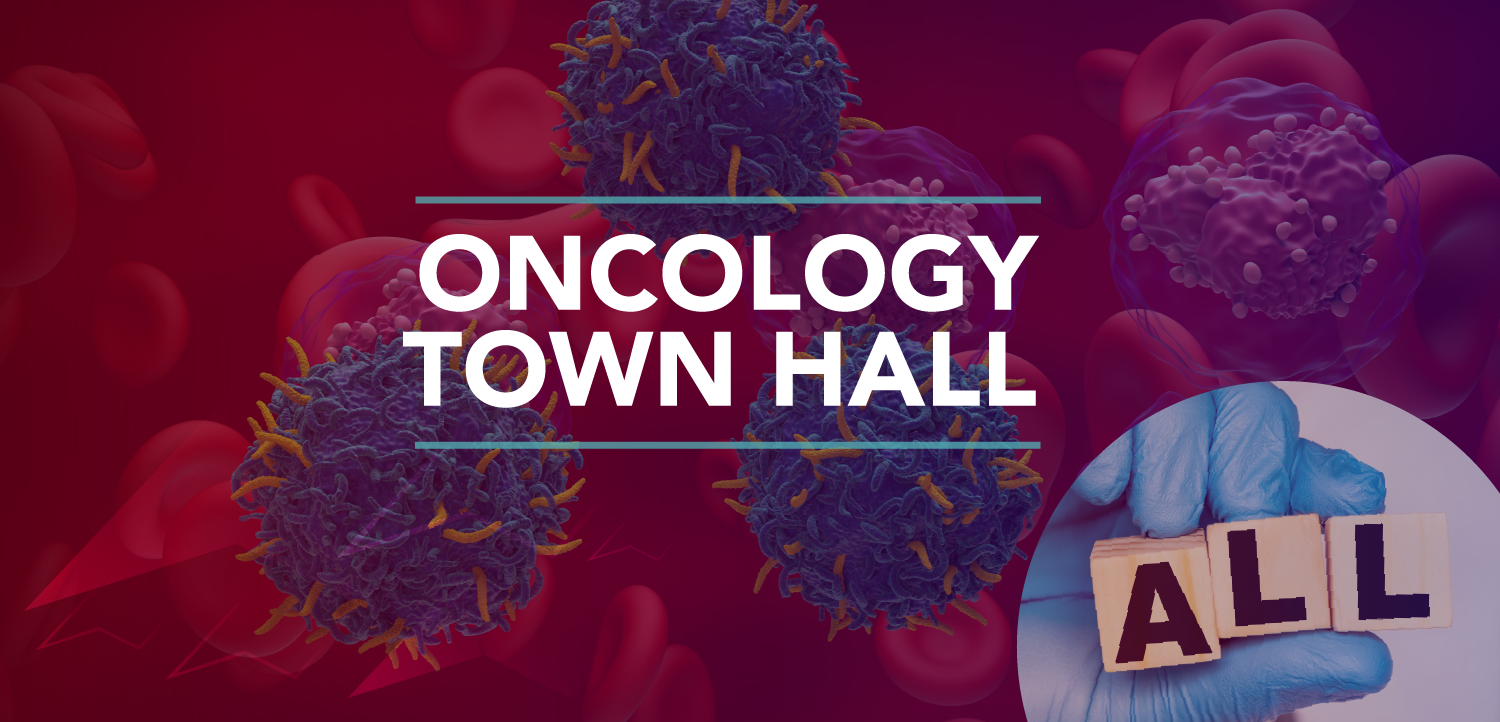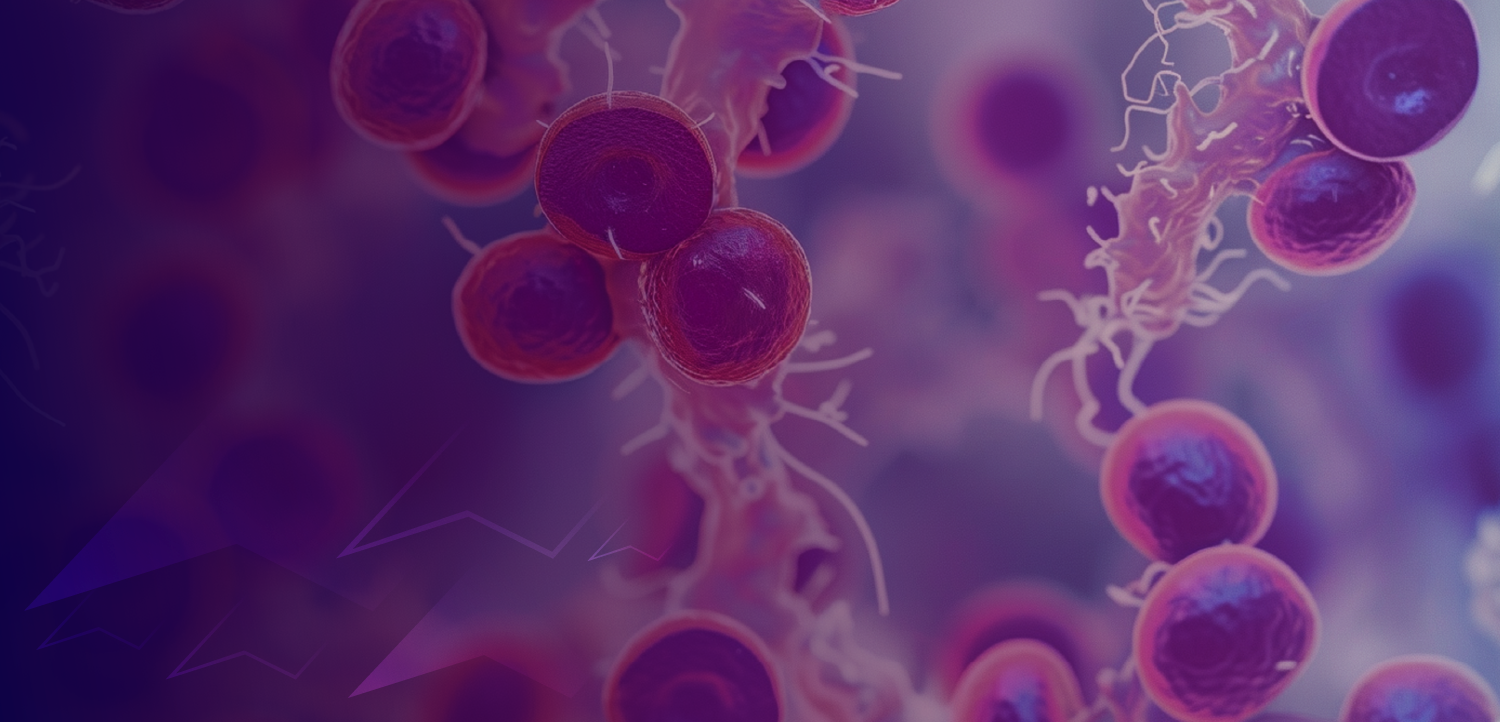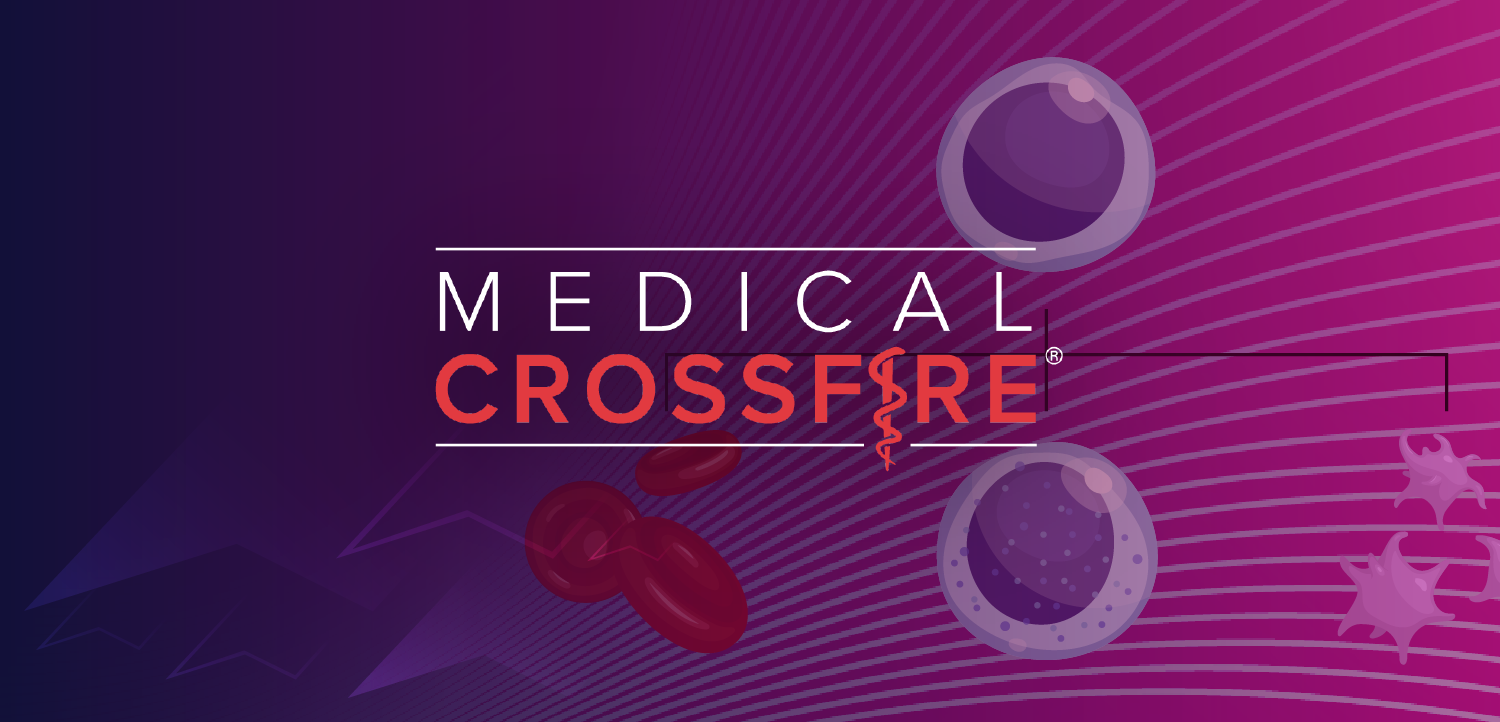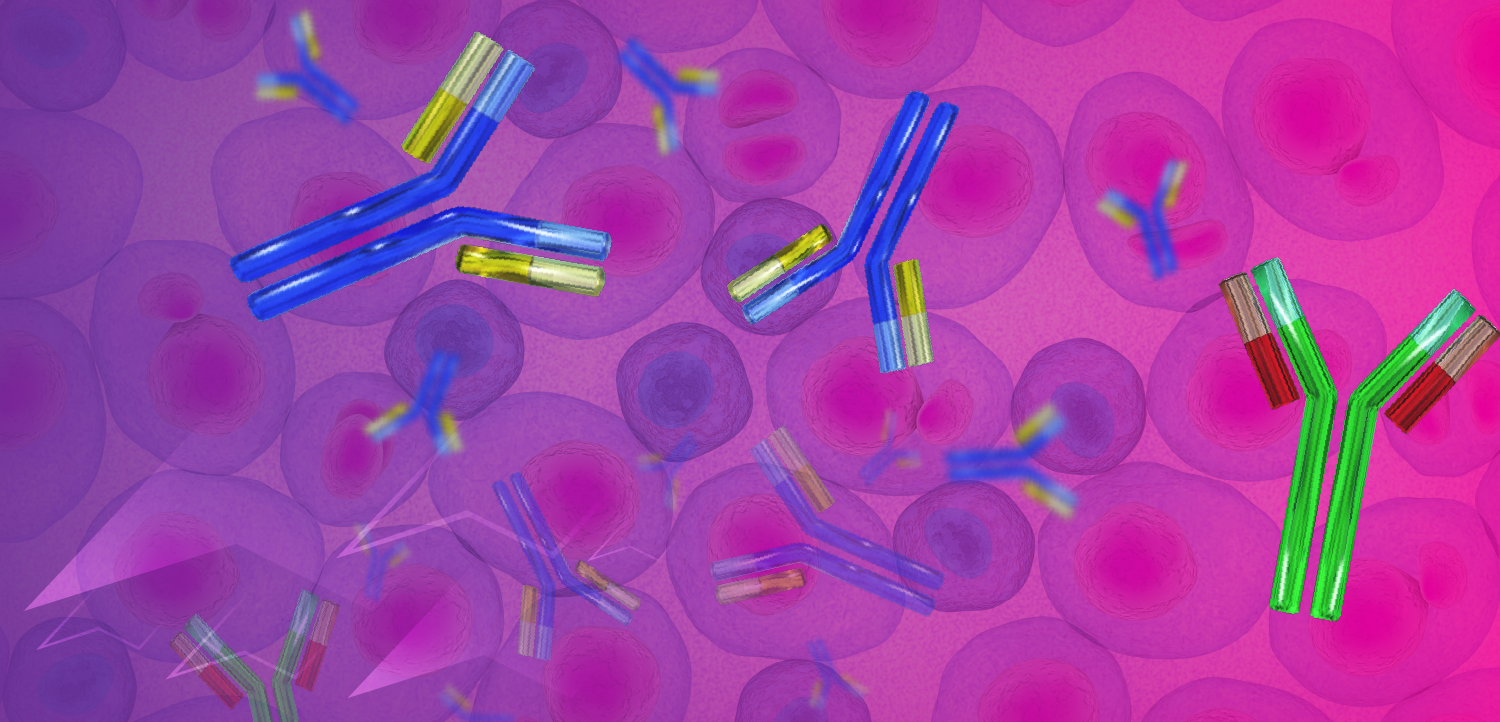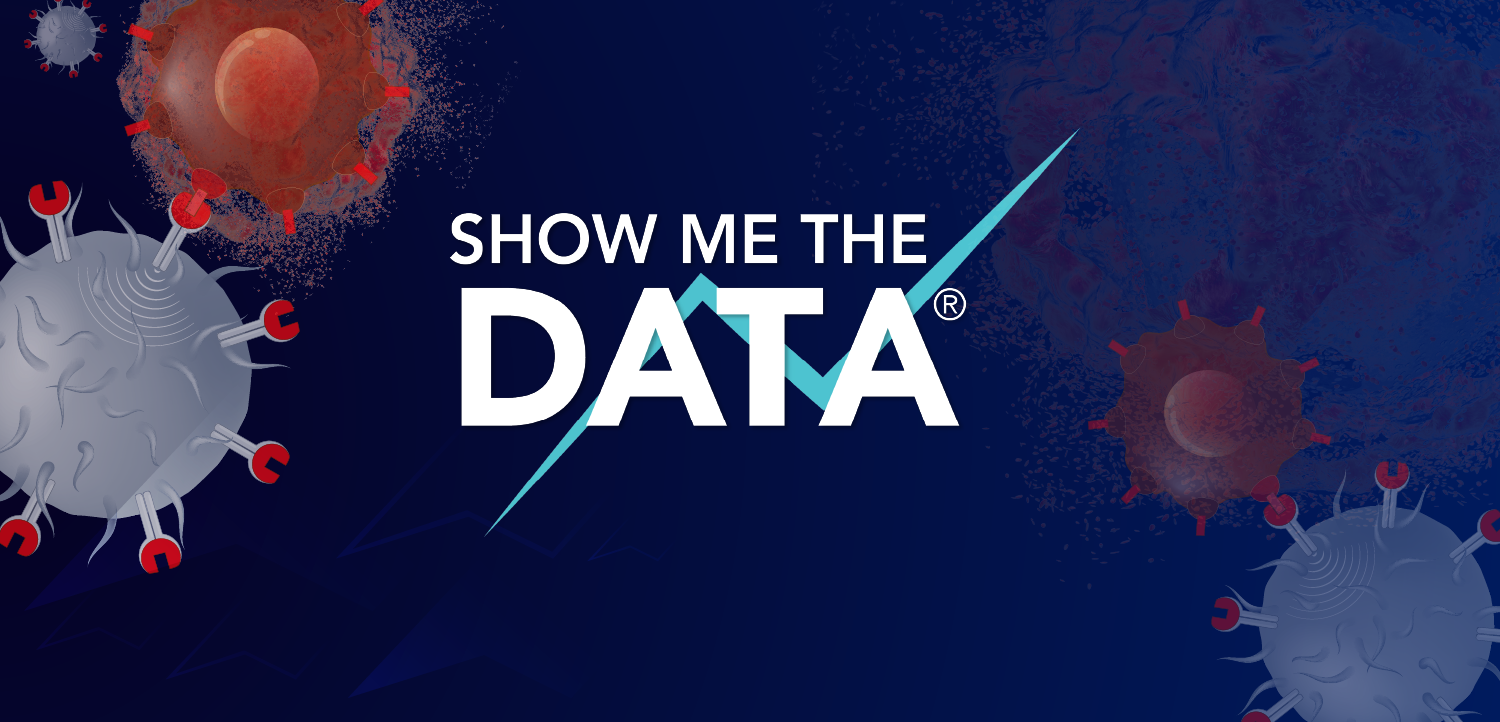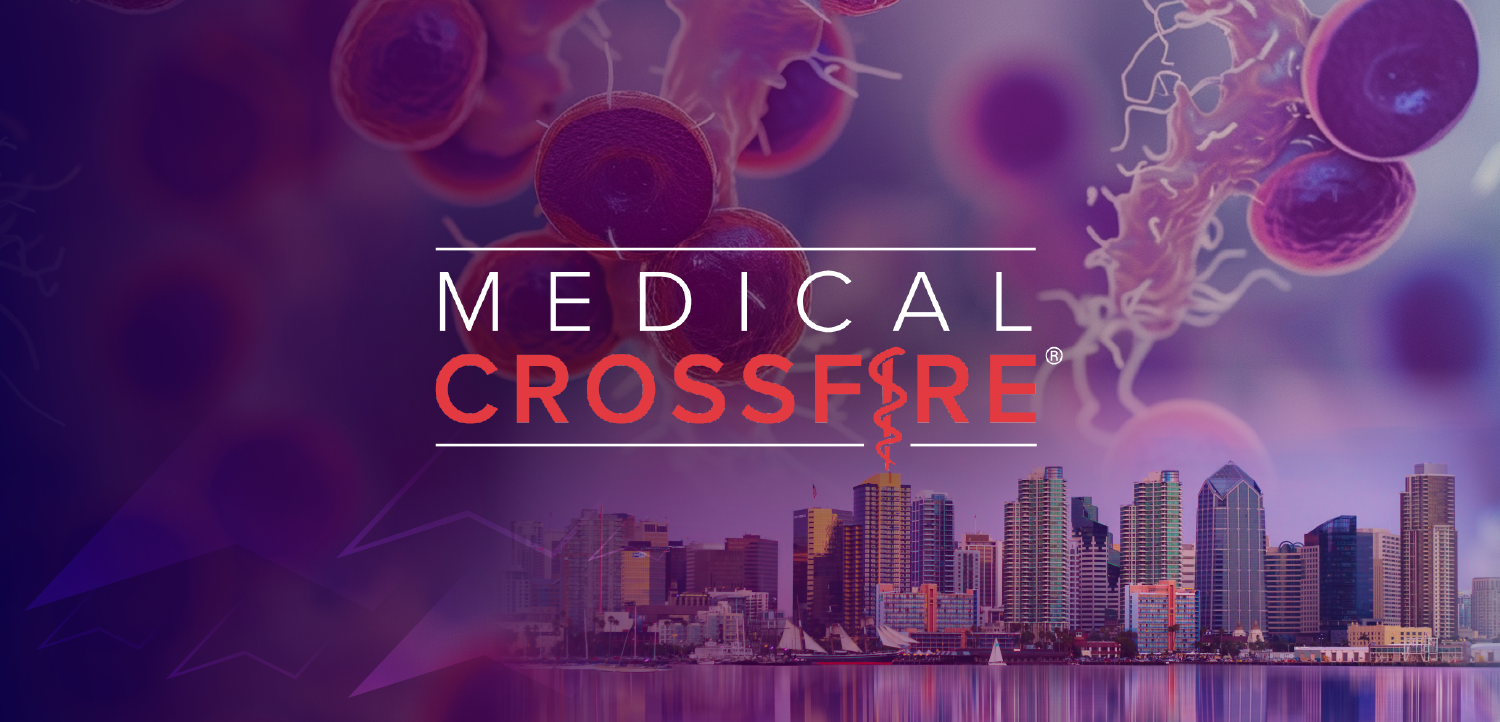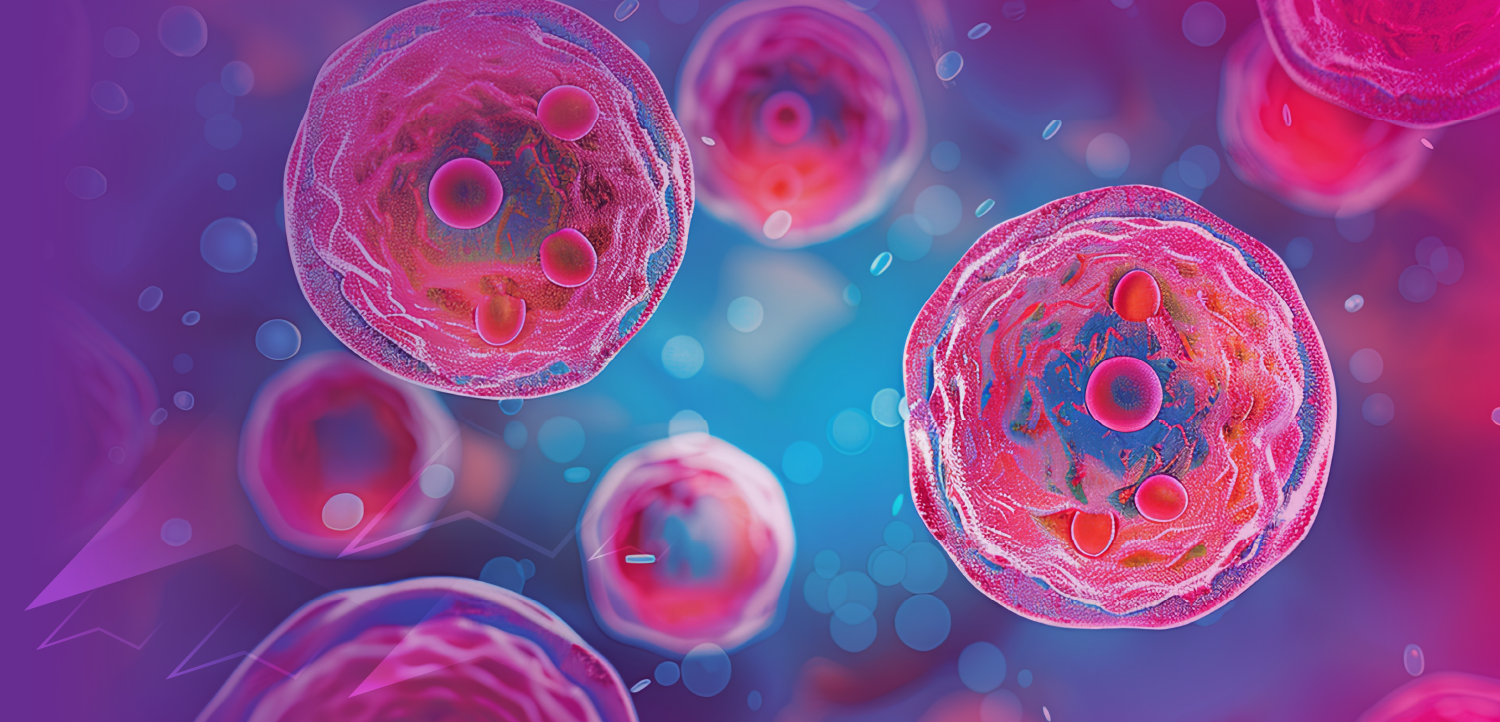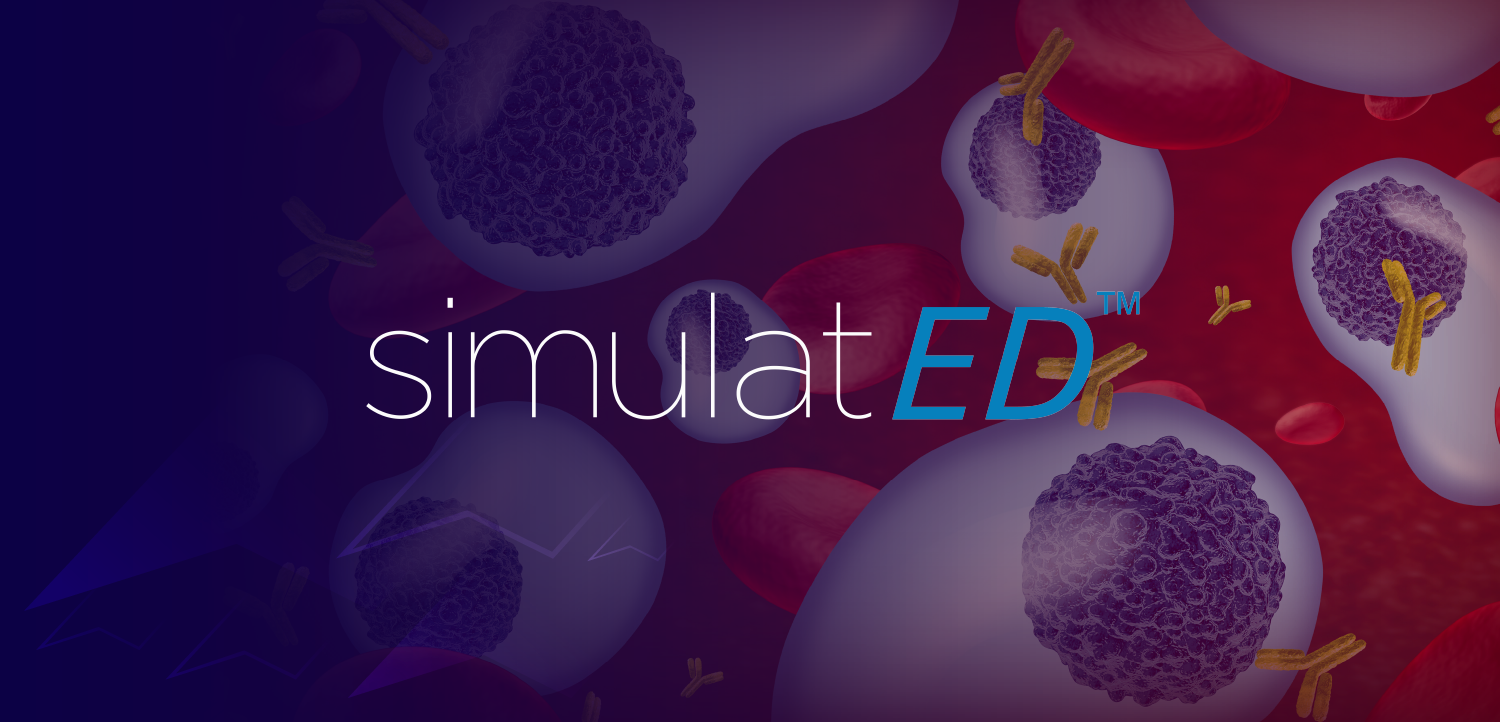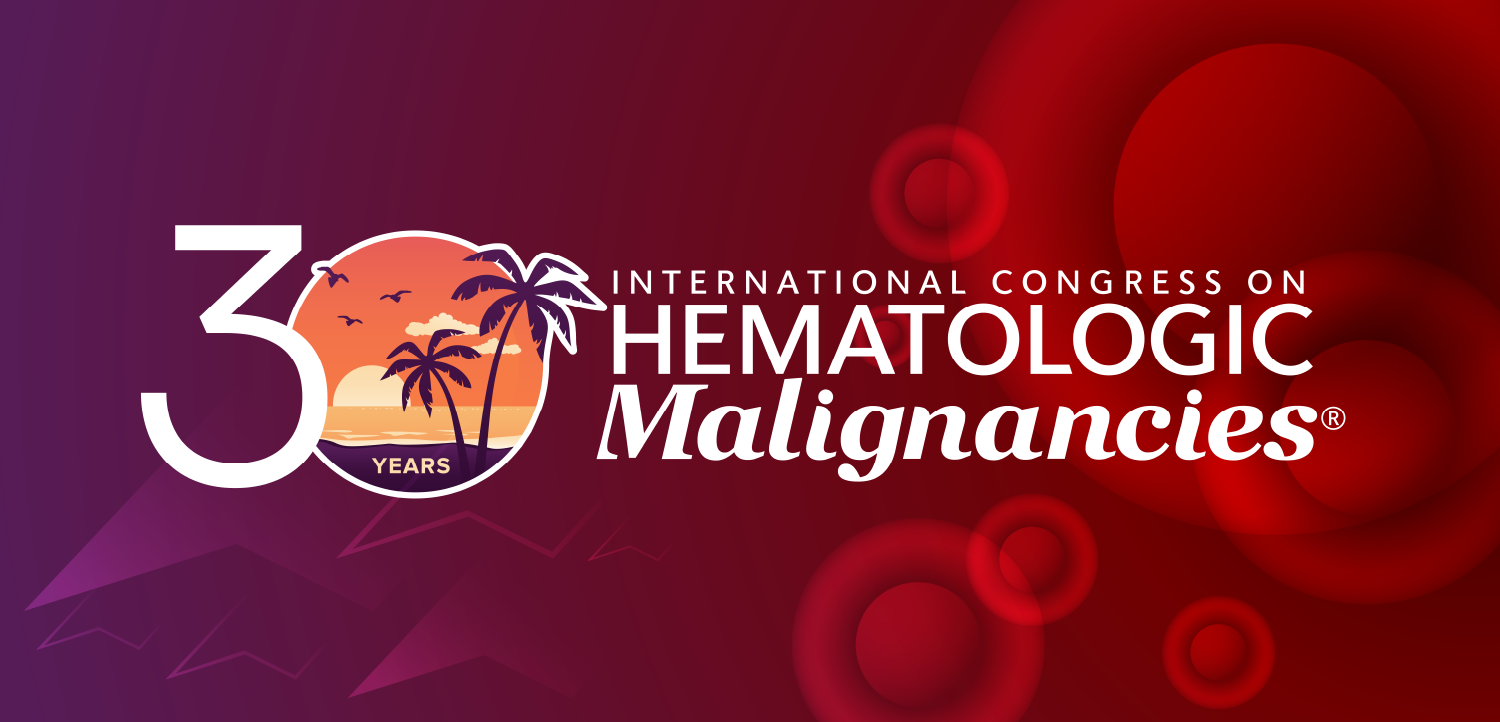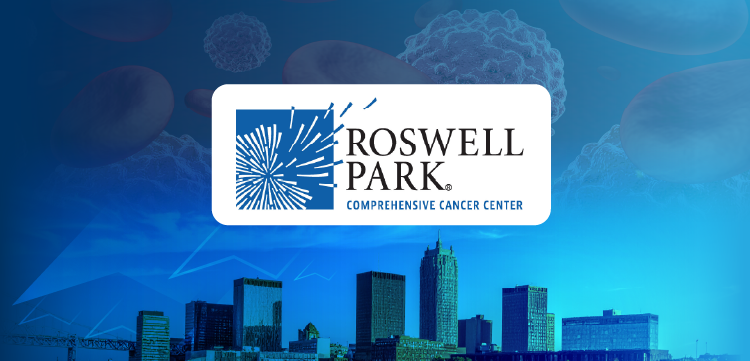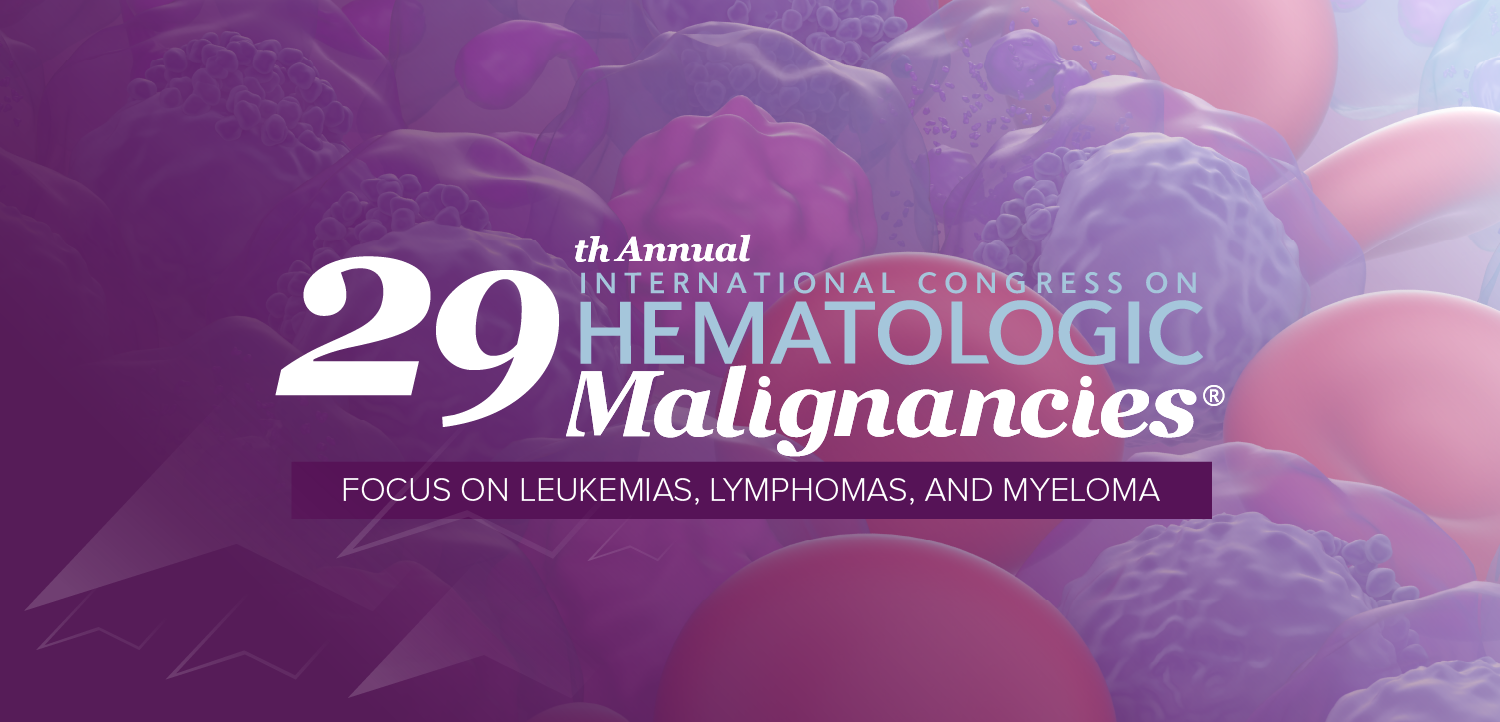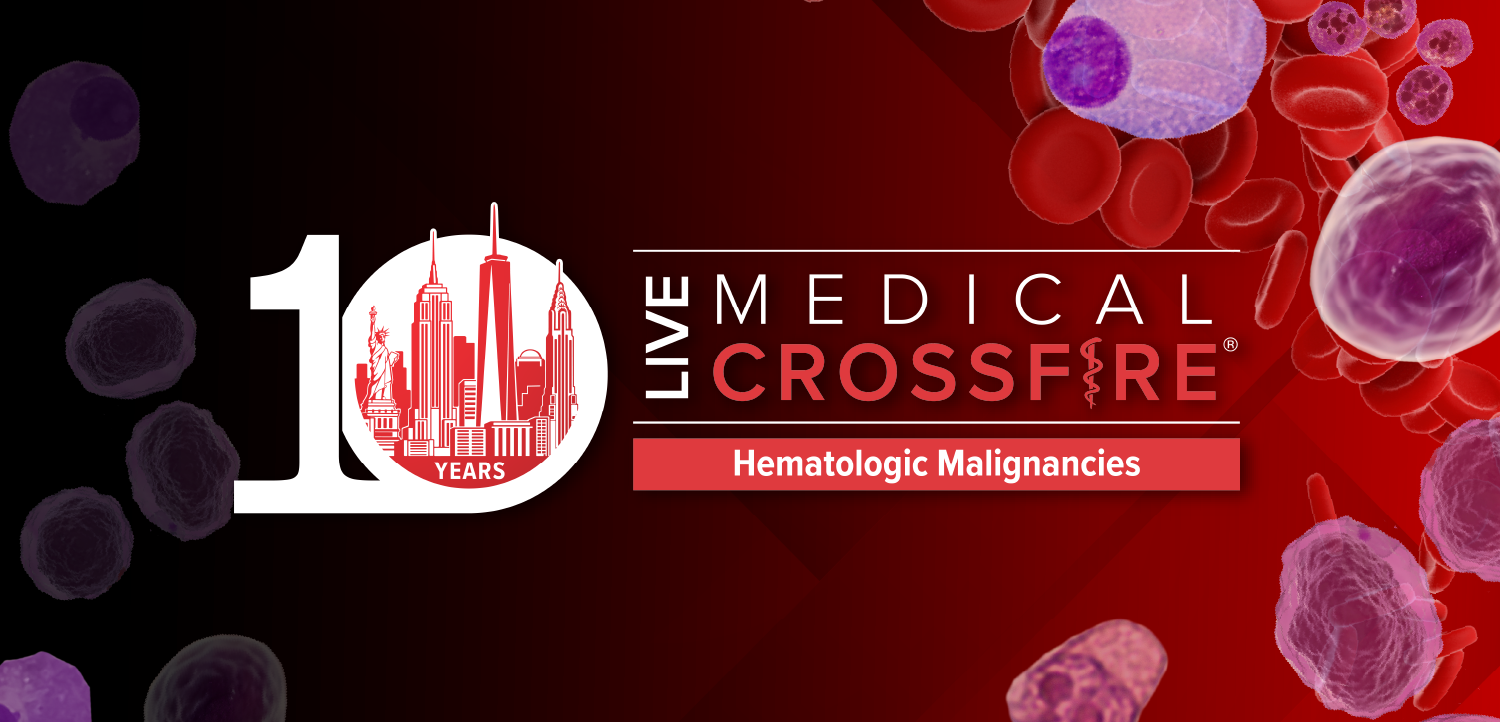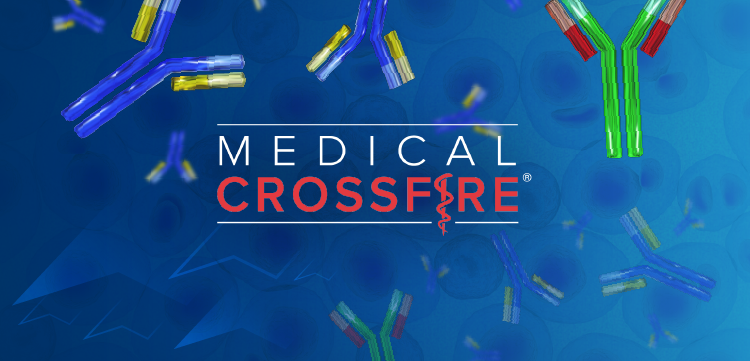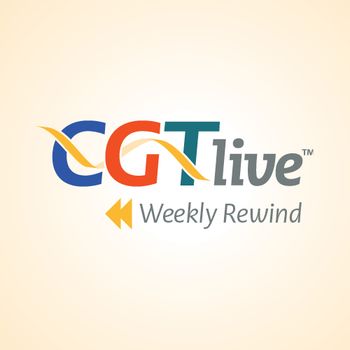
Longer, Less Intense RT Cost Effective in Late-Stage NSCLC
Patients with late-stage non-small-cell lung cancer (NSCLC) treated with palliative radiation derive greater value from a longer, less intense course of therapy
• LEIDEN, The NetherlandsPatients with late-stage non-small-cell lung cancer (NSCLC) treated with palliative radiation derive greater value from a longer, less intense course of therapy, according to Dutch researchers. Although the protracted therapy costs more than a shorter, higher-intensity radiation regimen, patients getting less intense treatments lived longer. "The additional costs for the protracted schedule were justified not by improved quality of life but by longer survival," first author Wilbert B. van den Hout, PhD, of Leiden University Medical Center, and his colleagues reported in the Journal of the National Cancer Institute (98:1786-1794, 2006).
In 2005, Dr. van den Hout reported results from a randomized trial of 297 patients with stage IIIA, IIIB, or IV NSCLC. Patients received 8 Gy on each of 2 days one week apart or 10 treatments of 3 Gy given in four or five fractions per week. Participants getting the longer, less intense therapy had a significant survival advantage over those getting the shorter, more intense treatments38.1 weeks vs 27.4 weeks, respectively (P = .03). They also had an advantage in 1-year survival19.6% vs 10.9% (P = .03) and had less worsening of symptoms (P = .001).
From this, Dr. van den Hout and his colleagues at Leiden and the Joint Center for Radiation Oncology Arnhem-Nijmegen, concluded that the longer treatment was the preferred therapy. However, that conclusion did not take into account the difference in cost between the two lengths of treatments.
In the current cost analysis, based on the original trial's intent-to-treat population, the total lifetime societal cost for the longer treatment schedule was $16,490 and for the shorter schedule, $11,164 (P ≥ .001). The team then carried out a cost-utility analysis to determine whether the longer survival (additional quality-adjusted life-years or QALYS) and better quality of life achieved with the longer time span justified the additional cost. The cost-utility ratio for the longer schedule vs the shorter schedule was estimated at $40,900 per QALY.
Considered in light of the cost acceptability threshold of $50,000 per QALY, "we concluded that the 10 3-Gy schedule provides a better value for the money than the 2 8-Gy schedule," Dr. van den Hout said. "In The Netherlands, 10 3-Gy is the preferred standard treatment for poor-prognosis NSCLC patients."
Newsletter
Stay at the forefront of cutting-edge science with CGT—your direct line to expert insights, breakthrough data, and real-time coverage of the latest advancements in cell and gene therapy.

